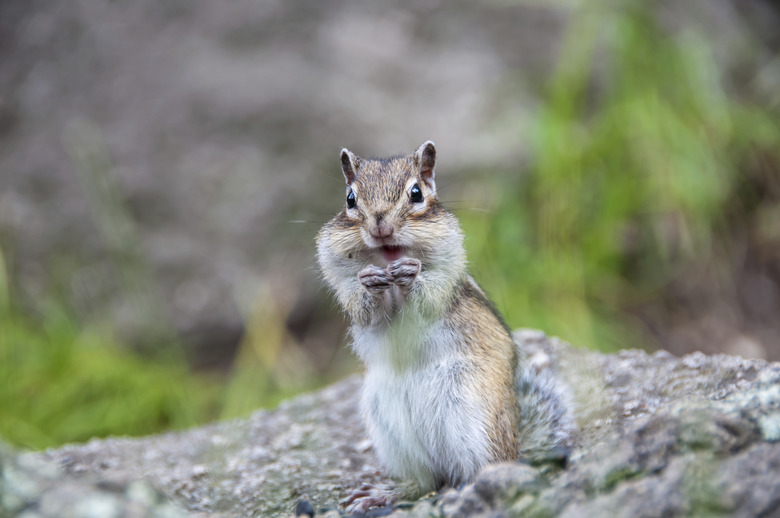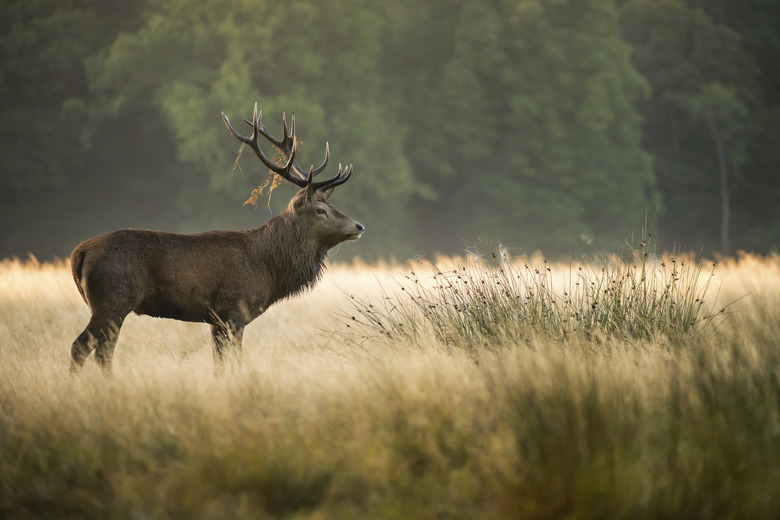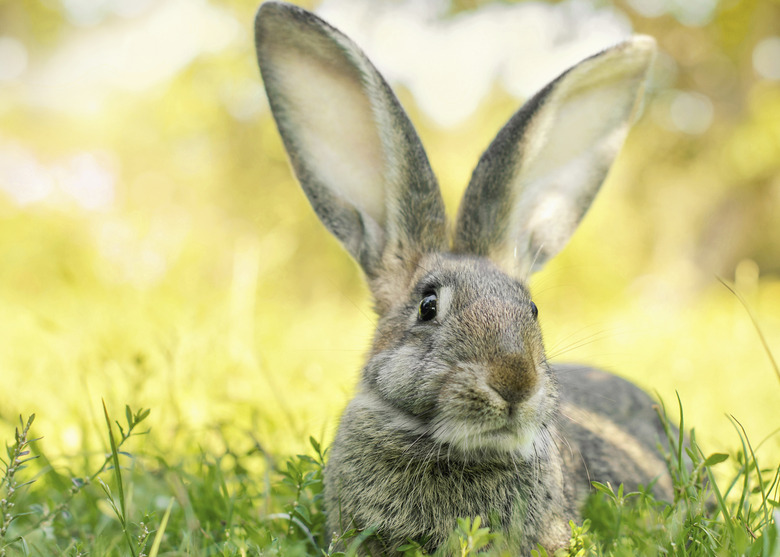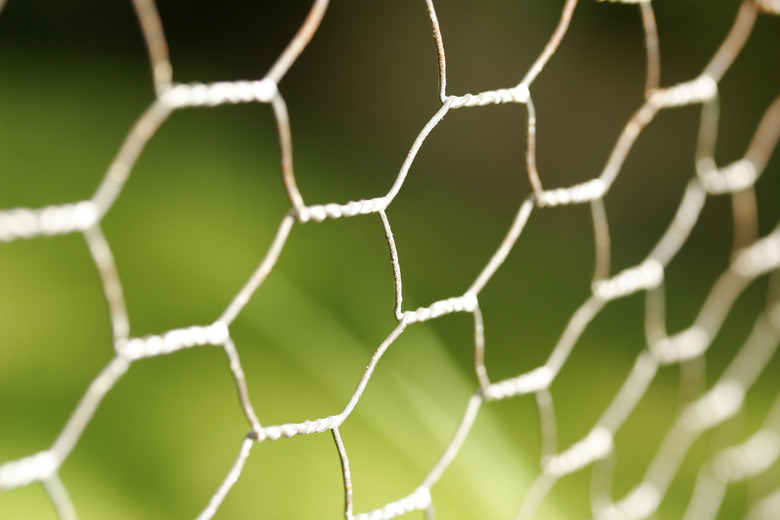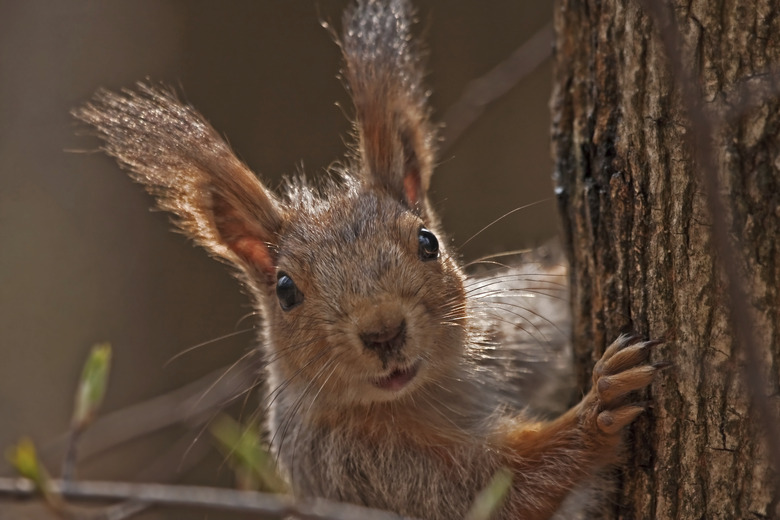What Animals Eat Bean Plants?
As if insects and plant diseases aren't enough for a gardener to deal with, deer, rabbits, woodchucks, squirrels, chipmunks and voles also cause their fair share of damage. Like their tiny counterparts, these animals make no distinction between what they should and shouldn't eat. They instinctively go where food is, particularly when their regular food sources are disrupted. Bean plants (Phaseolus vulgaris), both bush and pole varieties, are easily available to them, and each animal species leaves its mark that helps identify it. Putting a physical barrier between bean plants and four-legged foragers may be the only sure way to protect your crops.
Deer Damage
Deer typically feed on bean plants from the top down, starting with the leaves and working their way along the stems, consuming both flowers and beans. If they don't finish the job, the plants will appear to have been sheared off at the top, or their topmost leaves will be missing. The leaves along the upper sides of pole bean plants will be gone, as will some stems and beans. You can try using deer repellents, such as hanging tufts of human hair or bags of bar soap shavings near bush bean plants or on pole bean supports, but they generally don't work very long. Creating a permanent barrier in the form of fencing that is at least 8 to 10 feet high usually is a more effective deer control. Deer can leap over fencing that is too short.
- As if insects and plant diseases aren't enough for a gardener to deal with, deer, rabbits, woodchucks, squirrels, chipmunks and voles also cause their fair share of damage.
- Bean plants (Phaseolus vulgaris), both bush and pole varieties, are easily available to them, and each animal species leaves its mark that helps identify it.
Rabbit Damage
Rabbits can reduce a lush garden to ground level in a very short time. They feed on all parts of plants from all sides. Look for damage that appears in the form of stumps where bean plants used to be, and look for leafless stems that were cleanly bitten off. If the rabbits had plenty of time to dine, then little plant debris will be left. If, however, the rabbits were frightened away before they finished their meal, then what remains of the plants probably won't be enough to save them. Little can be done to keep rabbits out of a garden other than surrounding it with a secure fence made of chicken wire that is 3 feet high above the ground with an additional 1 foot sunk into the soil.
Woodchuck Damage
Like rabbits, woodchucks can decimate a garden in no time, but they are messier eaters than rabbits and leave a lot of debris behind. Woodchucks are attracted to bean plants' leaves, stems and pods. They may damage parts of the plants, eating portions of them, taking chunks out of leaves and consuming parts of beans or entire beans. Woodchucks, which are rodents, are primarily ground foragers and diggers. A fence of chicken wire about 3 feet tall, with an extra 1 foot buried in the soil, is effective in keeping woodchucks out of a garden.
- Rabbits can reduce a lush garden to ground level in a very short time.
- Like rabbits, woodchucks can decimate a garden in no time, but they are messier eaters than rabbits and leave a lot of debris behind.
Other Rodent Damage
Squirrels, chipmunks and voles — all of which are rodents — attack bean plants from all angles. Squirrels and chipmunks often take bites out of leaves and/or maturing beans. Because squirrels and chipmunks climb and dig, any fencing you put up to deter them should be small-meshed with its bottom section sunk into the ground to a depth of at least 1 foot. Attach some kind of mesh to all sides of the fencing to cover or roof the garden. Voles burrow into soil and often eat bean plants by biting into the lower stems, causing the plants' death. Voles do not climb, however, and small-mesh fencing sunk at least 1 foot into the soil around a bean patch is usually an effective deterrent against them.
